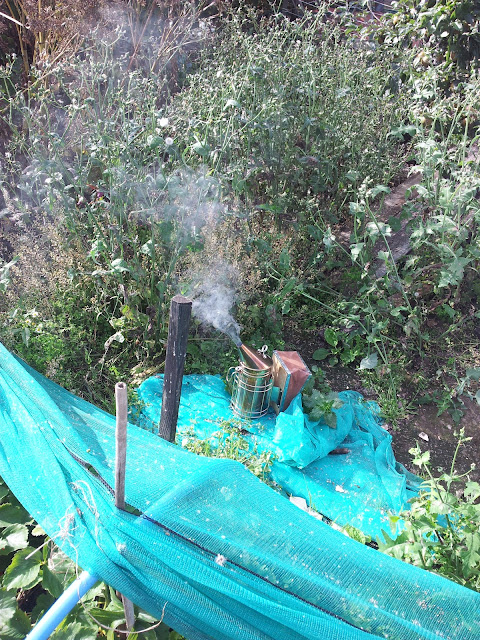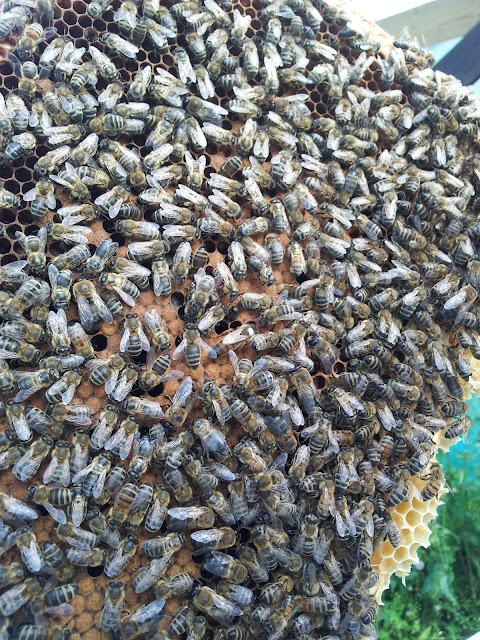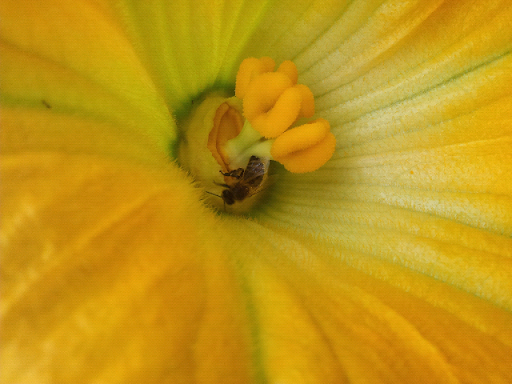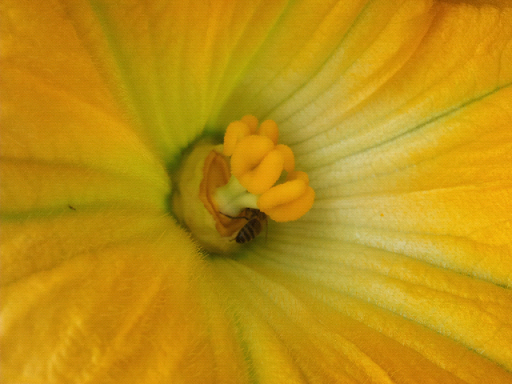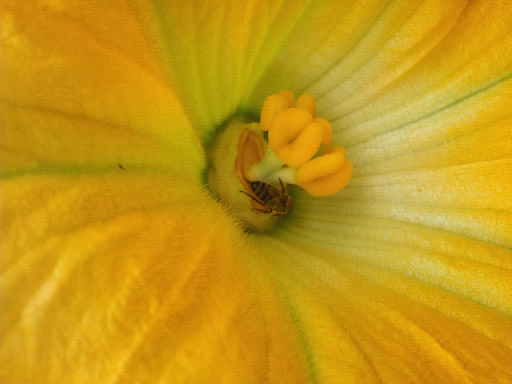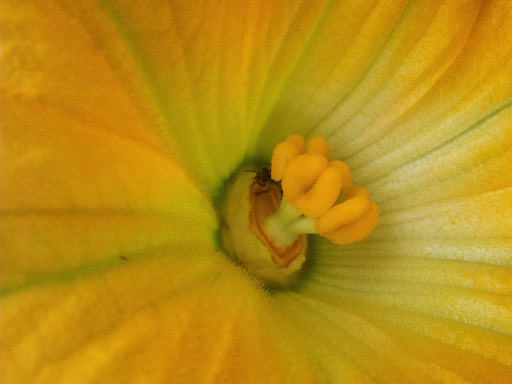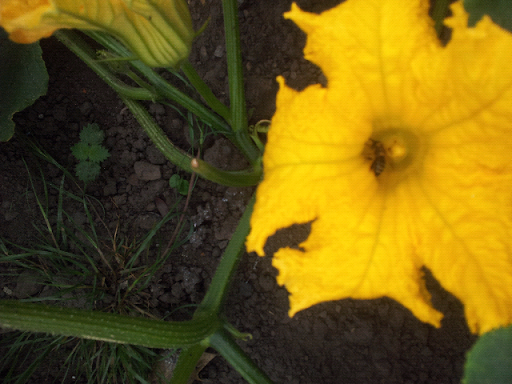Due to recent death of my mother this is my first post in a couple of weeks so my blog has fallen behind a little. She was an exceptional mother and grandmother who always encouraged me to do the things I'm passionate about so would have wanted me to carry on with my blog. I have several things I would like to post about and the first is the racking of my mead and wine.
I had several days at racking as I have a lot of mead on the go at the moment. The 30 litre batch that I started at the beginning of the year was split into 4 demijohns a few months ago so that took a couple of days to rack. This batch is just a straight mead with no other flavourings apart from 1 of the demijohns which I added extra honey to sweeten. Though I didn't have a hydrometer to begin with I have since roughly worked out the starting gravity or S.G. to be 1.060 and the current gravity is 0.97 which would give a ABV OF 12%. This batch is also clearing nicely and will be bottled next month and then set aside to age, hopefully this will make it taste nicer!
The dandelion wine, which is in a 3 litre pop bottle, was also racked and that has a nicer smell than it had before! The colour is still similar to red wine, due to the red grape juice added, but it appears a little clearer. No gravity readings have been taken at any point on this wine so will be a wild card when it is drunk.
The lemon and ginger mead I started in March was the next. This had a S.G. of 1.090 and is now about 15-16% ABV. I did mention in a earlier post that I would bottle this at 12% but as it's already gone over I will now leave for it to run it's course. I didn't taste this while racking so am unaware if it's got a nice taste yet but in time will find out.
Finally I bottled my second batch of JAO mead. This followed the same recipe as the first batch I did but am unsure what it tastes like yet as I haven't tried it yet. I didn't write a post about this when it was started and haven't recorded the gravity at any point so again I am unable to tell how strong it is. Oh well, that just adds an extra layer of fun when drinking it!
 |
| The dandelion wine. |
 |
| Racking from the earthenware "johns" |
 |
| MEAD!!!!!! |

